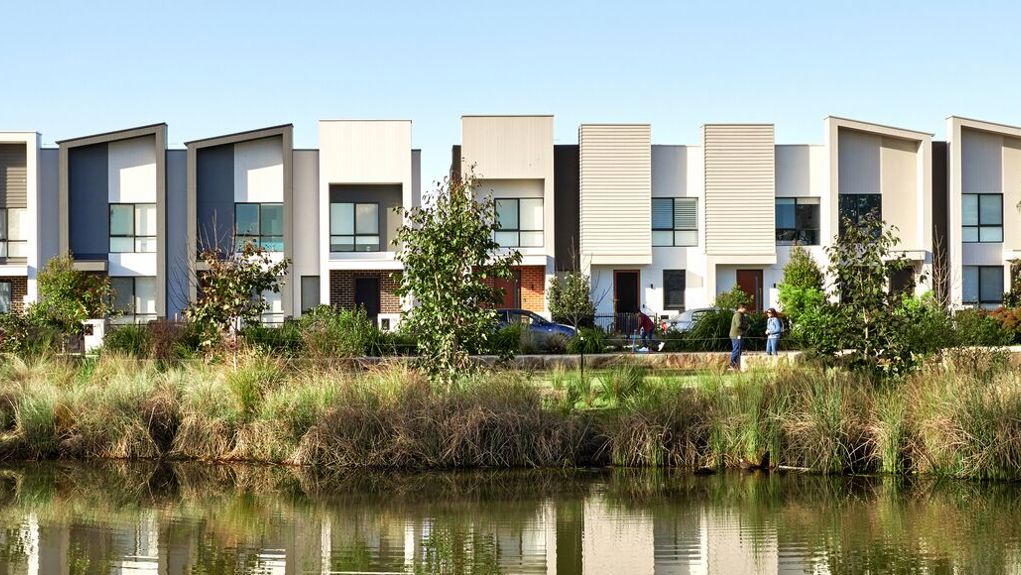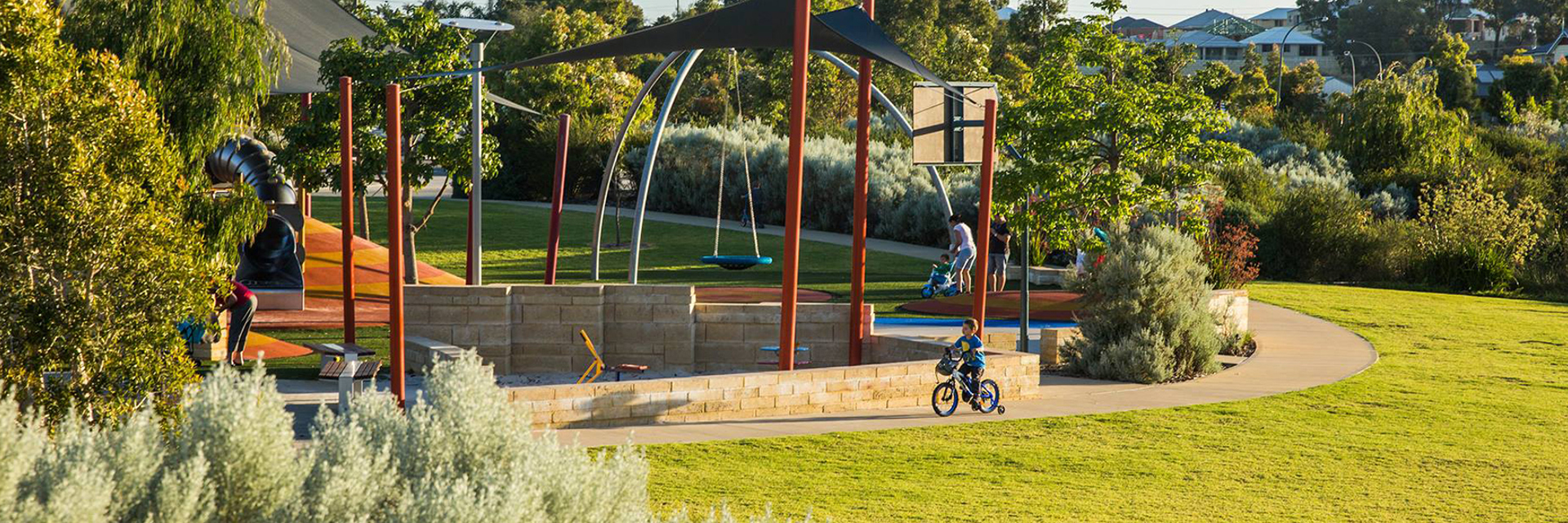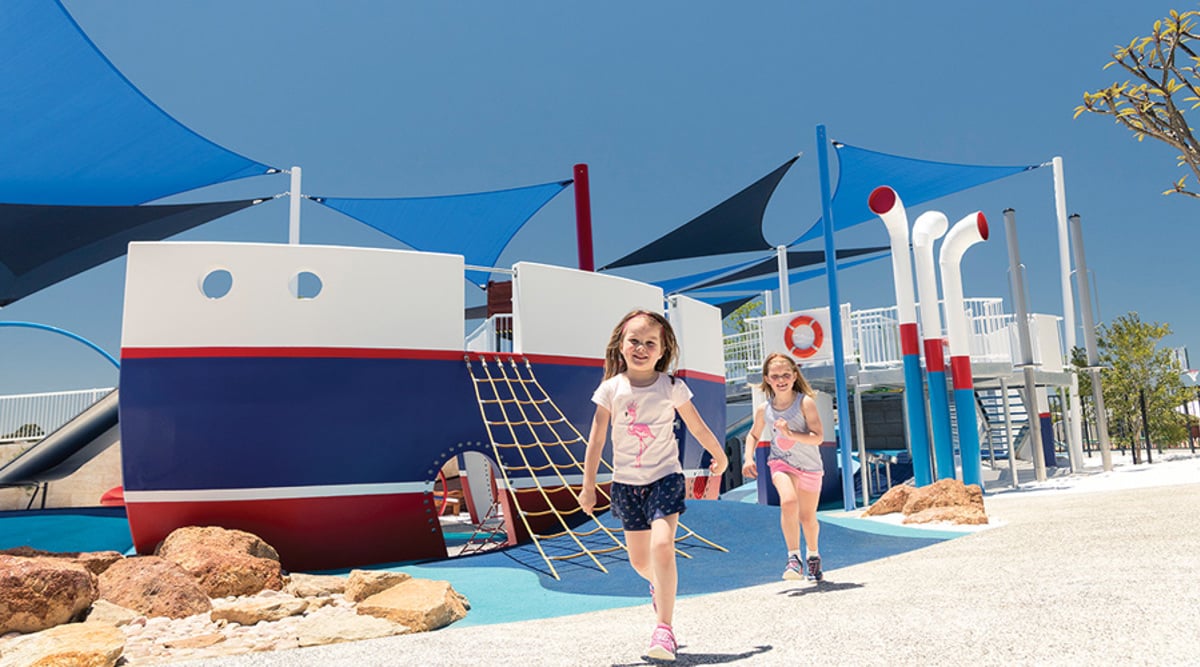Purposeful investment to scale social impact
The Stockland CARE Foundation is a charitable trust dedicated to scaling social impact through purposeful investment. By shifting from traditional partnerships to collaborative efforts, the Foundation aims to deliver measurable social good. It deepens Stockland’s connection to communities by enabling social value creation through funding, skilled volunteering, and alignment with the company’s environmental, social, and governance (ESG) goals. This involves supporting community-led solutions, strengthening social enterprises, and building organisational capacity for social value measurement. The Foundation also leverages employee skills through volunteering programs to achieve long-term social change.
CARE Foundation Community Catalyst Grants Program
In 2024, the CARE Foundation launched its employee-nominated Community Catalyst Grants program, focusing on social innovation initiatives. This program builds the capacity of high-potential local initiatives, preparing them for funding from impact investors, government, or other foundations, and helping them develop sustainable financial models. The Grants Program is unique in that it provides more than just funding; it also offers skilled volunteers to map needs and share knowledge and resources, which is crucial for building resilience. The inaugural Community Catalyst Grants exemplified Social Impact by Design, making it accessible and engaging for all Stockland employees.
Please note that the Stockland CARE Foundation does not take unsolicited proposals, sponsorship, donation and/or grant requests.


